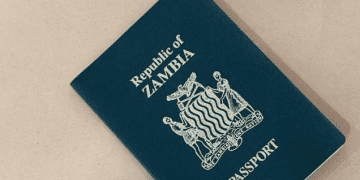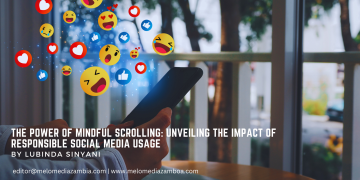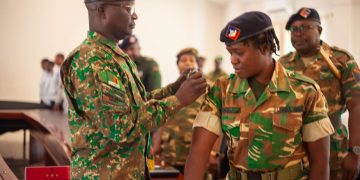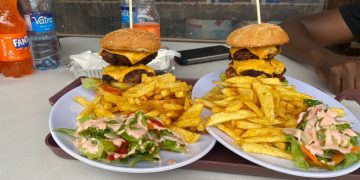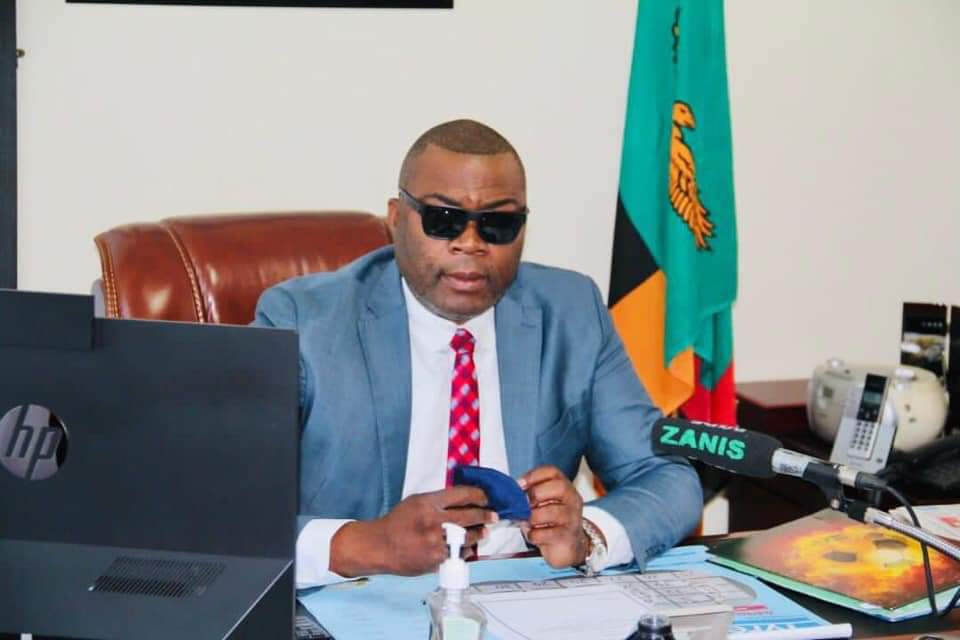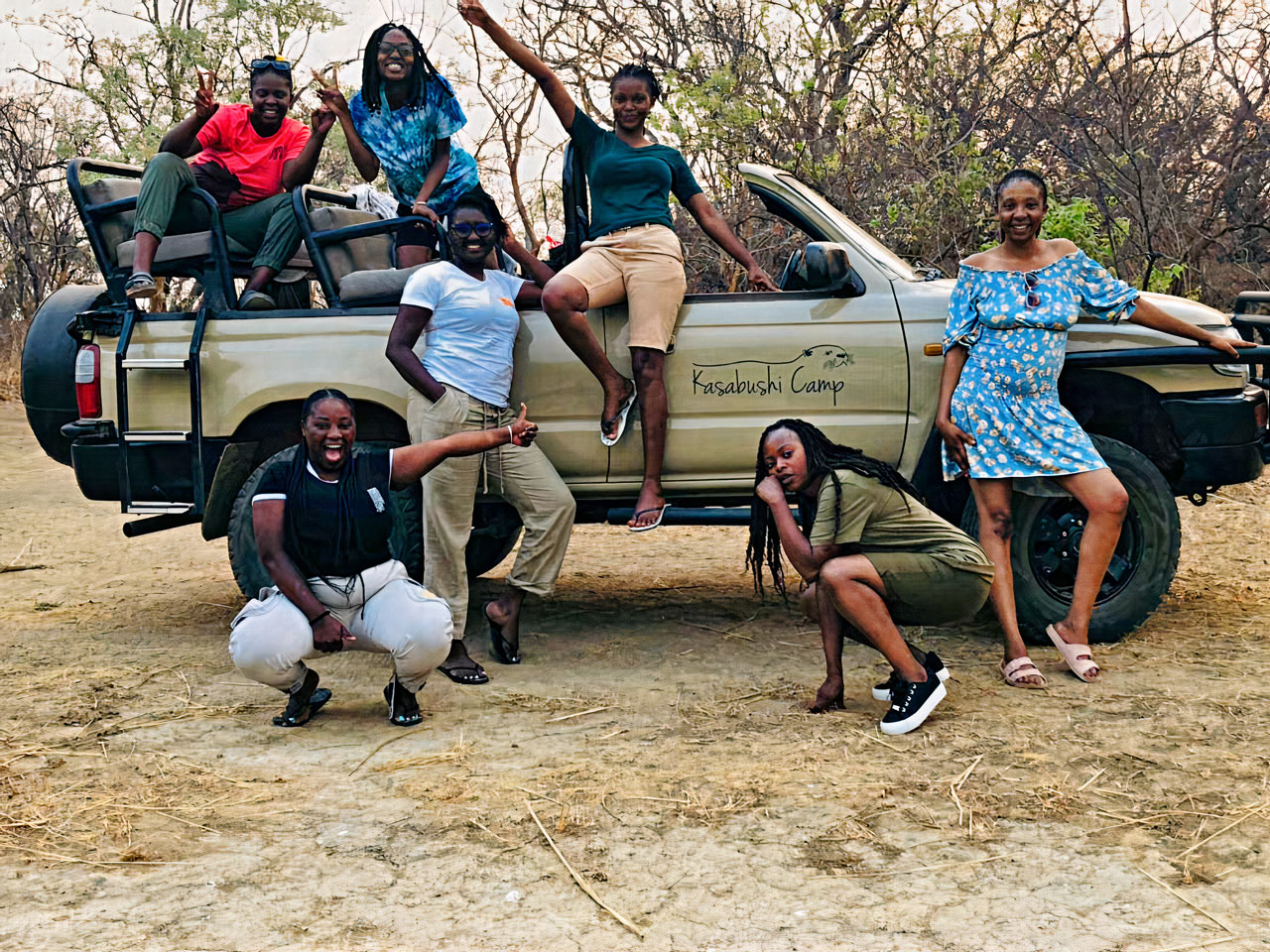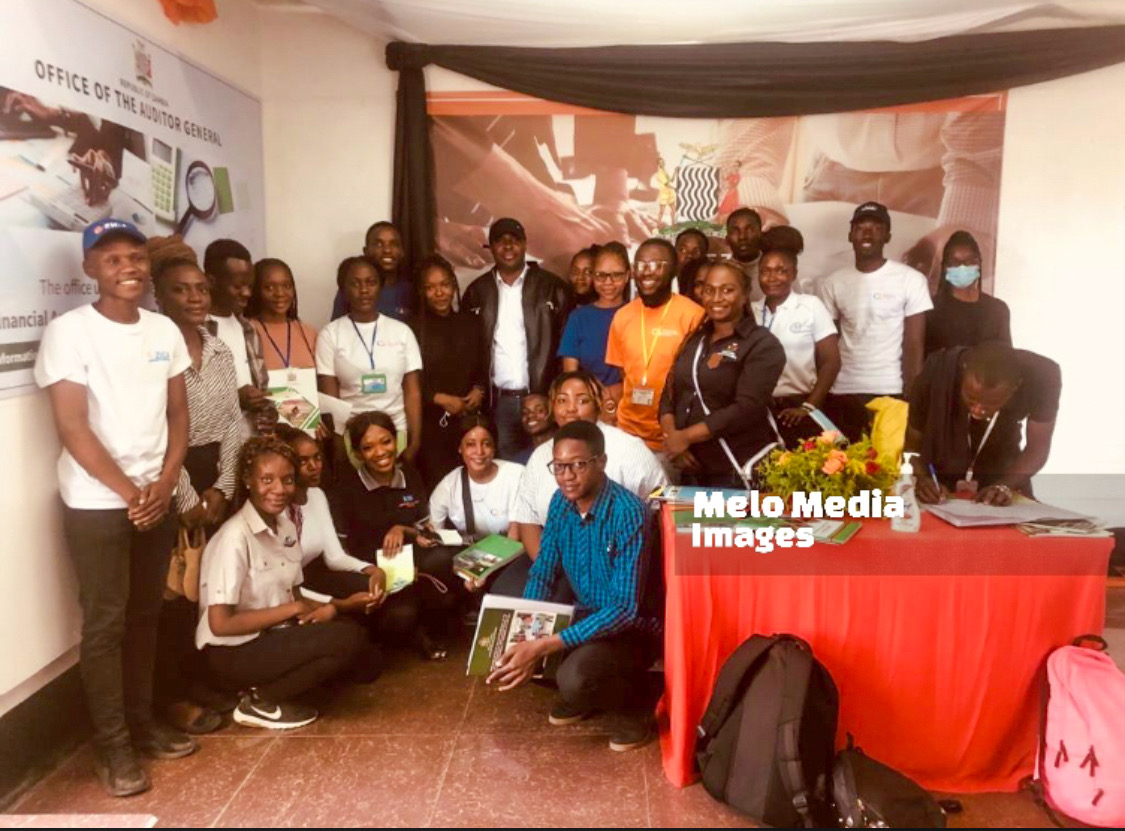Kitwe Monuments – Mposa mabwe Statue
The story behind Kitwe’s Mposa Mabwe Statue
On Kitwe’s Matuka Avenue and in the middle of the road, between Chermopharm chemists and Mama Africa shop, there is a real human size stone throwing statue commonly known as Mposa mabwe (“stone thrower”) by the local people of Kitwe.
One may ask why the statue was erected at exactly the spot where it is found. Was it made in the image of a real person? When was it erected? Who made it? Why was it depicted as throwing a stone while facing the west? What is the real story behind the Mposa mabwe statue?
According to information that was made available to Kitwe Online through the Assistant Public relations officer at Kitwe City council, Ms. Donna Mbalwe, some of these lingering questions may be answered through an eye witness account given by a freeman of the city, who was present when certain key events leading to the independence of Zambia happened.
In colonial days, black people were not allowed to mix with white people. Social amenities and shops were segregated. The shops in today’s second class area were reserved for blacks and the ones in the main town center were for whites. The Mposa mabwe statue is a symbol of protest against white discrimination of blacks from access to social amenities and up-market facilities.
During the colonial era, the minority white rule put up the following bad laws among other restrictions for black Africans who were simply known as Africans during that time;
a. Every African was expected to move with or carry an identification known as Chitupa.
b. Every woman above the age of 18 was expected to carry or move with her marriage certificate or face arrest if found without one.
Kitwe Online talked to Ms. Donna Mbalwe, Kitwe City Council’s Assistant Public Relations Officer. She said a freeman of the city witnessed a key event here, leading up to the independence of Zambia.
According to an account given by Mr. Peter Mashambe, who resides in Garneton, the United National Independence Party (UNIP) implemented a 5 point master plan in the year 1960 to force the colonial government to grant independence to black Africans of Northern Rhodesia to govern the country later to be called Zambia.
The five point plans were;
- To cause civil disobedience against the minority white government of Northern Rhodesia.
- To destroy Government property and installations.
- Domestic black servants were to kill their white masters and their children by poisoning their food and to petrol bomb their homes and other properties.
- To kill and eliminate any fellow black person who disagreed with or betrayed other blacks.
- To prepare for a guerilla war fare against white regime by going to the country side and launch military attacks from different command posts in the event that the first four point plans failed to force out the white Government and grant independence to Africans.
In the same year 1960, two most prominent bad laws on women and men mentioned herein, were protested against. The identification cards (Chitupa) and marriage certificates were torn in protest.
Sometime in 1961, the first ever biggest rally for Africans was held in Mufulira.
After this rally, all the leaders arranged to have lunch at a café which was then known as REGENT CAFÉ and now known as CHERMOPHARM CHEMISTS. This cafe was for whites only. No black citizen was allowed to enter or buy any food from there.
Knowing very well in advance, that the whites would not allow the UNIP leaders to eat from that café and would in turn arrest any one of them who would attempt to enter the café to buy food, the UNIP leaders prepared themselves for resistance.
They collected stones and empty or broken beer bottles from the nearby (now demolished) ASTRA Cinema which was located at the iron sheet fenced bare land between Hotel Edinburgh and Shoprite stores. They hid the bottles and stones in the public toilets that were situated at the place where the NAPSA building (Formerly PROVIDENT ARCADES) which is opposite the YMCA building in town now is.
The UNIP leaders proceeded to the REGENT CAFÉ to have lunch. It wasn’t long before the whites who were in the cafe saw them approaching the café. They alerted white police officers who came in no time, and in large numbers to arrest the leaders. The hefty white police officers were armed with short and long buttons that they used to beat up the protesters. This did not deter the protesters, who had come well prepared for this confrontation. The youthful Africans started throwing stones and broken bottles at the White police officers who had gathered around the vicinity of REGENT CAFÉ. The police officers were out-numbered. They were defeated and ran for their safety. The protesters gathered at the location of the Mposa mabwe statue. They continued to throw stones while the police officers retreated towards Kitwe Central Police Station on the west end of Matuka Avenue.
That is the reason why the youthful real human size statue, Mposa mabwe is exactly right where it is today, facing the police station. He is throwing stones and has loose handcuffs on one wrist.
The city fathers erected that statue in order to remind us about our long road to the struggle for freedom as a people of this country and to signify the important role that the youth of the beautiful city of Kitwe played in this struggle.
Thankfully, the five point plan was never implemented in its entirety. Zambia’s path to independence never reached full armed conflict. Zambians have enjoyed peace in the region.
Original Post Courtesy of: https://kitweonline.com/kitweonline/discover-kitwe/culture/history-social/kitwe-monuments-mposa-mabwe-statue.html
Reposted by: https://melomediazambia.com
Photo by: Melo Media




